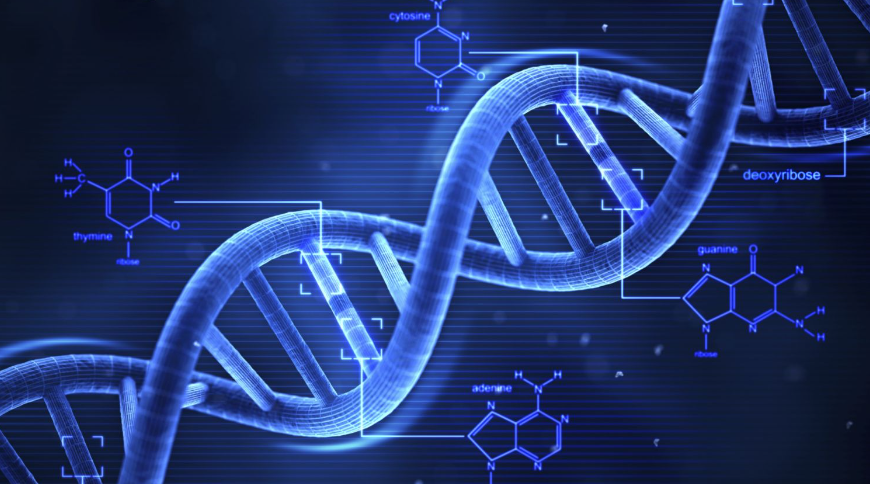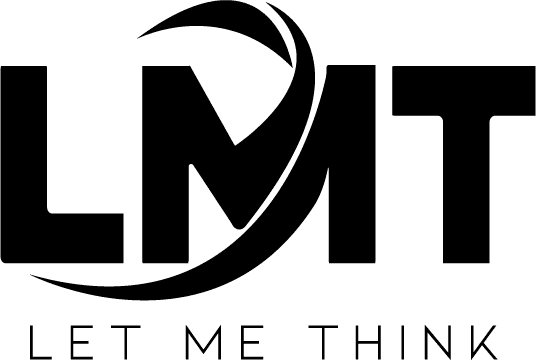
There is an immense amount of information available on the web and in magazines concerning DNA but do you know the full form of DNA? Do you know what it stands for? Do you know its short form? There is some misconception prevailing among people that DNA Full Form Deoxyribonucleic Acid. That is wrong because, in reality, it stands for Deoxyribonucleoprotein or Double Helix Nucleic Acid or Nucleic Acid DNA only means Deoxyribose Nucleic Acid.
Definition of DNA Full Form:
DNA Full Form is Deoxyribonucleic Acid, also called genetic code. The Genetic code in humans and all other organisms carry the instructions used in the growth, development, functioning, and reproduction of all known living organisms, from plants and animals to microbes.
Scientifically known as Deoxyribonucleic Acid:
DNA is the hereditary material of every single living creature. It contains the instructions needed to build and maintain a living organism. The full form of DNA is deoxyribonucleic acid. DNA is a double-stranded molecule that consists of two long chains of nucleotides.
The World’s Longest Rung on the Ladder of Life:
The full form of DNA is deoxyribonucleic acid. It was first isolated by Friedrich Miescher in 1869. The structure of DNA was first described by James Watson and Francis Crick in 1953. It is made up of two long chains of nucleotides twisted around each other to form a double helix. Each nucleotide unit consists of one sugar molecule, one phosphate molecule, and one of four nitrogenous bases adenine (A), thymine (T), cytosine (C), or guanine (G).
Double Helix Structure:
DNA is a complex molecule that contains the genetic instructions used in the development and functioning of all known living organisms and many viruses. DNA is an abbreviation for the original term, Deoxyribonucleic Acid, which was coined by James Watson and Francis Crick in 1953. Its chemical formula is C10H16N2O4 it has multiple forms depending on how much water it has (a hydrated form or two hydrated forms).
History of DNA:
The discovery of the double helix structure of DNA was made by James Watson and Francis Crick in 1953. They used data from X-ray diffraction studies conducted by Rosalind Franklin and Maurice Wilkins. Franklin’s work was essential to their discovery, but she was not recognized for her contribution until after her death. The full form of DNA is deoxyribonucleic acid. It is a molecule that contains our genetic code. It provides us with information about who we are, what we look like, and how we react to diseases.
There are three types of Nucleotides found in DNA:
Adenine (A)
Adenine always pairs up with thymine, while guanine always pairs up with cytosine. These pairs are called base pairs.
Thymine (T)
Thymine is a compound that is one of the four constituent bases of nucleic acids. A pyrimidine derivative, it is paired with adenine in double-stranded DNA.
Guanine (G)
Guanine is a compound that occurs in guano and fish scales and is one of the four constituent bases of nucleic acids.
Molecular Formula & Molar Mass:
DNA is a long polymer made from repeating units called nucleotides. The design of DNA is dynamic along its length, being equipped for curling into tight circles, and different shapes. In all species, it is made out of two helical chains, bound to one another by hydrogen bonds. Each chain is a long molecule with many components repeated over and over.
These components are four different types of nucleotide: adenine (A), thymine (T), guanine (G), and cytosine (C). The two strands of DNA run antiparallel to each other, meaning that they crisscross like the rungs on a ladder. They are connected at every rung by what is called a base pair; A pairs with T and C always pairs with G. Together, these chemical bases make up the language of genetics, telling cells which proteins to produce and making sure our bodies develop properly. There are three billion such base pairs present in every cell.
The Isolation Process of DNA:
To study a particular gene, scientists must first isolate that gene’s DNA. This process can be done in many ways, but the most common method is to use restriction enzymes. These enzymes cut DNA at specific sequences, allowing scientists to then separate the different pieces of DNA.
Important Functions Covered by DNA in Living Organisms:
- Deoxyribonucleic acid, or DNA, is responsible for encoding the genetic instructions used in the development and functioning of all living organisms.
- In humans, DNA consists of 26 billion base pairs that are organized into 46 chromosomes.
- DNA plays a vital role in the proper development and functioning of the human body.
- DNA also plays a role in determining an individual’s physical characteristics, such as hair and eye color.
- Scientists use DNA testing to identify individuals by their unique genetic code.
- There are two types of DNA tests: forensic and medical.
- A forensic test can identify someone who committed a crime by matching their DNA to evidence found at the scene of the crime.
Transforming Enzymes:
Enzymes are important biological molecules that catalyze or accelerate, chemical reactions in the cells of all living things. Enzymes are proteins, and each one is specific to a particular chemical reaction. That means that each enzyme can catalyze only one type of reaction or a few closely related reactions.
Repairing Enzymes:
DNA is a molecule that contains the instructions an organism needs to develop, live and reproduce. It is a nucleic acid and along with proteins and carbohydrates is one of the three major macromolecules that are essential for all known forms of life.
Replicating Enzymes:
Enzymes are important for DNA replication because they help unwind the double helix structure of DNA and separate the strands. enzymes also help add new nucleotides to the separated strands, which creates two new double helixes. A process called proofreading ensures that these new chains have no errors. Finally, a process called ligation joins together each pair of strands from the old and new helices so that the daughter cells will have matching chromosomes.
Conclusion:
The full form of DNA is deoxyribonucleic acid. It is a self-replicating material found in nearly all living organisms as the main component of chromosomes. It was first discovered by Swiss physician Friedrich Miescher in 1869. The structure of DNA was first described by James Watson and Francis Crick in 1953. It is made up of two long chains of nucleotides twisted around each other to form a double helix. These strands are always paired with one strand containing A, T, C, G and the other with A, T, C, G.
FAQs:
What is the Full Form of DNA?
The Full Form of DNA is Deoxyribonucleic Acid.
What is the full form of DNA in Hindi?
The Full form of DNA in Hindi is डिऑक्सीराइबोन्यूक्लिक अम्ल.
How does DNA work?
DNA is a molecule that contains the instructions an organism needs to develop, live and reproduce.
What are the functions of DNA?
DNA is responsible for the genetic information within cells. This includes the order of amino acids in proteins, which determines an organism’s structure and function. DNA also plays a role in cell division, which allows cells to grow and reproduce. DNA provides instructions for making enzymes, which are important for chemical reactions in the body.
Why is DNA important to us?
DNA is important to us because it is responsible for our genetic information. It is a double helix molecule that contains our genetic code. This code determines our physical traits and characteristics. DNA also plays a role in our metabolism, cell division, and protein synthesis.
What are the advantages and disadvantages of DNA testing?
DNA testing can be used for a variety of reasons, such as to determine ancestry, paternity, or identity. It can also be used to diagnose genetic disorders or to screen for genetic diseases. However, DNA testing is not without its disadvantages. For example, it can be expensive, and the results may not be 100% accurate. In addition, samples might not always yield useful information.


